Rare Rides: Classic Talbot is a Simca or Matra, and Always a Rancho

Today’s Rare Ride was inspired directly by this comment on the Question of the Day, where I asked which car brand you’d bring back from the dead if given the chance. Commenter Menlo suggested the oft-forgotten Talbot, and specifically a unique vehicle they used to make.
Now we can all learn about the Matra Rancho.
First, a short dissertation on branding and business. Matra was a French engineering company that produced cars, bikes, planes, and weapons from 1964 until its closure in 2003. The company branded vehicles under the Matra, Simca, and Talbot marques depending on geography and time of day.
Matra also developed the segment-defining Espace (which then-owner Peugeot declined to make, so the company took it to Renault) as successor to the Rancho we see here. When the hammer came down in 2003, Matra had recently completed one final project: a big MPV which would eventually become everyone’s favorite Renault (speaking of future Rare Rides ideas), the Avantime.
Matra’s automotive arm began to wind down in the early 1990s, after the company was made a part of a larger conglomerate. Matra, Hachette & Lagardère (now known simply as Lagardère) was formed in 1992 and gradually narrowed its focus. Attention moved from engineering pursuits to publishing, travel, sports, and entertainment. You’ll notice cars aren’t on that list. Console yourselves with this photo.
In production from 1977 through 1984, the Matra-Simca Rancho launched at the beginning of the new personal off-road vehicle market created by the Range Rover. There appears to be a very French suspension access mode on this example, to assist in loading.
Matra took its offering in a different direction, marketing the Rancho as a low-cost Range Rover alternative to the masses. To that end, it was front-drive only. As the Rancho launched in 1977, Simca was owned by Chrysler Europe. Financial woes forced the company to sell the entire division to Peugeot PSA in 1978. At that time, Simca was rebranded as Talbot, and the model became the Talbot Matra Rancho.
There were a wide range of options for the Rancho. An electric winch, roof racks with spare wheels, or a limited-slip differential were available. There was also a variant with removable fabric panels at the rear, turning the vehicle into an open-air exploring machine. This one has some lovely plaid seats.
While not equipped on this specific 1983 example, a third row seat was also an option, making this a seven-seat family vehicle.
According to Wikipedia, Matra produced nearly 58,000 Ranchos. While that production figure sounds fairly high, we’re talking about a very old French car, with no examples sold in North America. Learning about this Talbot makes me think we could use a Ford Transit Rancho right about now.
As a side note, KGF Classic Cars has a link on their page to many high quality Flickr images and video of this vehicle – I thoroughly recommend you check it out.
[Images: KGF Classic Cars]

Interested in lots of cars and their various historical contexts. Started writing articles for TTAC in late 2016, when my first posts were QOTDs. From there I started a few new series like Rare Rides, Buy/Drive/Burn, Abandoned History, and most recently Rare Rides Icons. Operating from a home base in Cincinnati, Ohio, a relative auto journalist dead zone. Many of my articles are prompted by something I'll see on social media that sparks my interest and causes me to research. Finding articles and information from the early days of the internet and beyond that covers the little details lost to time: trim packages, color and wheel choices, interior fabrics. Beyond those, I'm fascinated by automotive industry experiments, both failures and successes. Lately I've taken an interest in AI, and generating "what if" type images for car models long dead. Reincarnating a modern Toyota Paseo, Lincoln Mark IX, or Isuzu Trooper through a text prompt is fun. Fun to post them on Twitter too, and watch people overreact. To that end, the social media I use most is Twitter, @CoreyLewis86. I also contribute pieces for Forbes Wheels and Forbes Home.
More by Corey Lewis
Latest Car Reviews
Read moreLatest Product Reviews
Read moreRecent Comments
- Luke42 When will they release a Gladiator 4xe?I don’t care what color it is, but I do care about being able to plug it in.
- Bd2 As I have posited here numerous times; the Hyundai Pony Coupe of 1974 was the most influential sports and, later on, supercar template. This Toyota is a prime example of Hyundai's primal influence upon the design industry. Just look at the years, 1976 > 1974, so the numbers bear Hyundai out and this Toyota is the copy.
- MaintenanceCosts Two of my four cars currently have tires that have remaining tread life but 2017 date codes. Time for a tire-stravaganza pretty soon.
- Lorenzo I'd actually buy another Ford, if they'd bring back the butternut-squash color. Well, they actually called it sea foam green, but some cars had more green than others, and my 1968 Mercury Montego MX was one of the more-yellow, less-green models. The police always wrote 'yellow' on the ticket.
- ToolGuy Some of my first cars were die-cast from pot-metal in 2 pieces: body-in-white plus chassis. I spray-painted some of them, the masking was a pain. The tires did burn realistically.




















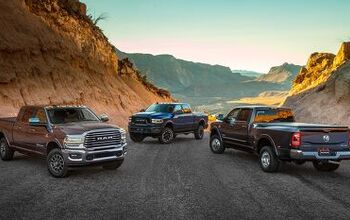
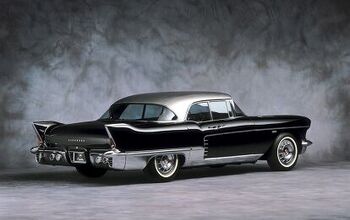



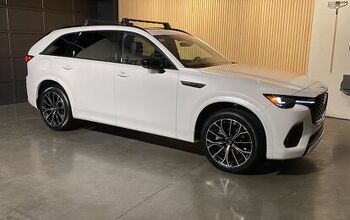
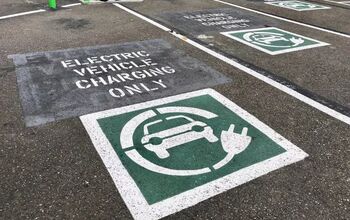
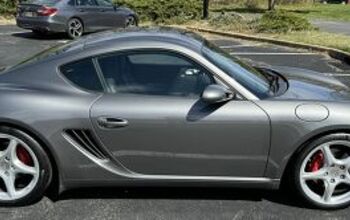

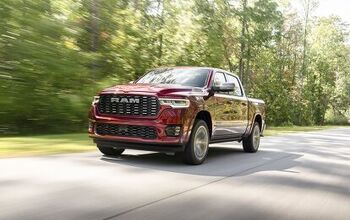


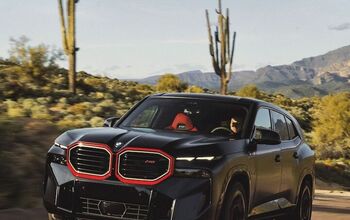

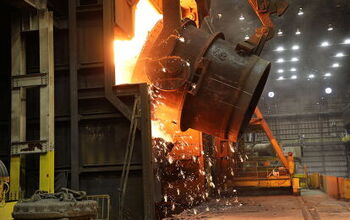
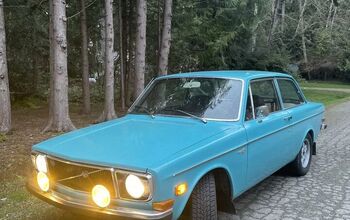


Comments
Join the conversation
I was on a foreign study program in Caen, France (eh oui!) in 1981, and my host family owned a Rancho, along with a Citroen BX "Break" (wagon). The Rancho seemed to me at the time to be a great idea - practical room for people and stuff, some pretense of off-road capability, and actually fun to drive. I've often thought since then that something like it would have done well in the US market. In many ways, it was a precursor to the flood of SUV/CUVs that followed.
Glad you find KGF's showroom interesting from your side of the pond. KGF sells a few classic Porsches and 1960s/70s British sports cars, but specialises in ultra low mileage mundane cars from the 1980s and 1990s at strong prices.